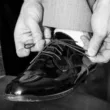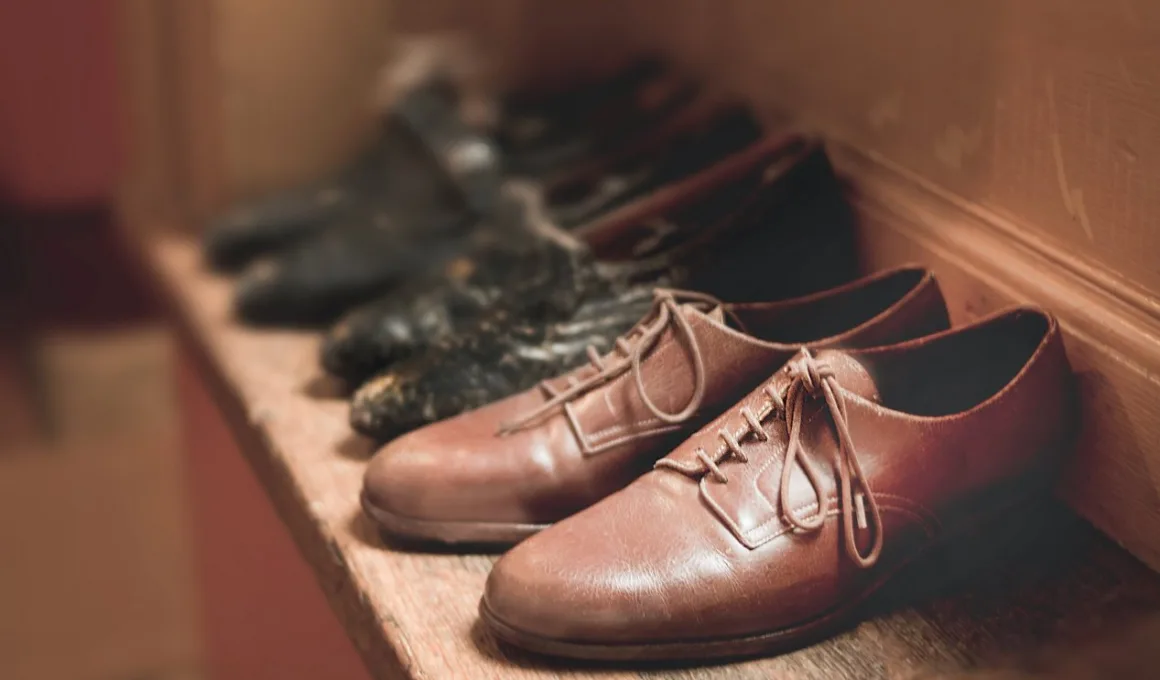To buy a shoe, you should know how to measure your feet. A proper fitting shoe should be snug at the back but loose in the front. This allows your toes to move without any discomfort. A shoe that fits too tight or too loose will cause a problem with your foot. To make sure your shoes fit correctly, measure the width of your foot and the depth of the toe box. Once you know your measurements, go shopping!
Foot measurements
To find the perfect fit for a shoe, you should know your foot size. You should first measure the length and width of your feet to ensure that you’re getting the right size. Measure the heel to the toe of your foot and the widest part of your foot. You should write down these measurements on a piece of paper, which you’ll keep in a safe place. If you’re not sure what size your feet are, you can also estimate the length and width on a piece of paper.
Once you know how long your feet are, you can begin shopping for the perfect shoe. It is also a good idea to take measurements every few years, especially if your feet are growing. This way, you won’t end up with footwear that doesn’t fit correctly and will feel uncomfortable. It’s also a good idea to use a shoe size chart to find the right size, since most shoe brands are based on similar measurements.
Purchasing the right size for your feet is essential for your comfort and style. The size you purchase should fit your foot comfortably, but keep in mind that many people have different foot sizes. To ensure a good fit, you should choose a shoe with a heel width that’s approximately an eighth of an inch longer than the length of your foot. For optimal comfort, you should try on your shoes with socks. If you’re still unsure, you can always ask a salesperson to give you the exact measurements of your feet.
Shoe width
When you are buying a new pair of shoes, you should first determine the width of the shoe. The width of a foot should be approximately two fingers’ width, and it should be just slightly narrower than the width of the shoe’s toe box. This will prevent the foot from sliding around in the shoe. There are additional width parameters, especially for closed shoes, and they will also be important if you have a bunion.
Proper fitting shoes will last longer and be more comfortable to wear. The wrong fit can ruin a perfectly good pair of shoes. For more information, you can refer to our Shoe Sizing Guide. Alternatively, if you are unsure of the size of your shoes, you can check out Akismet to minimize spam. You can also read our privacy statement to learn more about how we process your comment data. You should always try on shoes on before purchasing them.
The width of a shoe should be around 0.5 to 0.65 inches wider than the width of your foot. It should also fit snugly, but leave room for your toes to wiggle around. The heel of a shoe should be about one finger’s width apart from the toe, to avoid slipping. If it’s wider than that, it may cause blisters or other foot problems. Make sure you measure your foot before buying a new pair of shoes.
Toe box depth
Toe box depth is an important consideration when purchasing new shoes. While some people need a wide toe box for comfort, others may need a deep toe box for optimum performance. In order to find the perfect shoe, take measurements of both your feet. Make sure to stand up while measuring your feet to ensure that you find a suitable fit. If you are unsure about your toe box size, consult a professional.
There are various methods of measuring toe box depth. One method is to press your thumb between the tip of your big toe and the tip of the shoe. The toe box depth should allow your thumb to press the shoe to the ground. If the shoe does not fit properly, try on a pair of shoes with a larger toe box. A large toe box provides room for your toes while providing protection from impact and allowing them to wiggle.
People with wide feet should choose shoes with extra depth in the toe box. Shoes with narrow toe boxes can cause pain and make existing foot problems worse. If you have wide feet, consider extra-deep shoes that have removable footbeds and orthotics. This type of shoe also has extra width. In some cases, you may even be able to buy extra-wide women’s shoes with an extra-deep toe box to accommodate orthotics.
Shoe size
One of the most important aspects of buying shoes is how they fit. While it is commonly known that the toes of a shoe must fit snugly, there is also a difference between a shoe’s width and its length. Shoes should be loose in the front and tight at the back. They should sit snugly on the rear while still allowing your toes to move freely. This is especially important if you plan to wear the shoes for a long period of time.
The width of a shoe refers to the circumference around the ball of the foot, and is more important than the length. You want your shoe to be snug but not painful. You also want to make sure that it fits correctly in the sides and at the ball of your foot. A good way to determine how well a pair fits is to look at the eyelets when the shoe is laced up. If it doesn’t feel snug at the sides, it’s probably too big.
Another important factor is the length of your foot. The length of your foot should be at least half an inch longer than the width of your toes. A shoe should be snug enough that it doesn’t squeeze your toes or pinch your heel. However, some types of shoes may require breaking in before they feel right. For instance, double monks, loafers, and slip-ons are notorious for being uncomfortable to wear until they are broken in.
Shoe sizing conventions
Many manufacturers use different sizing conventions for their shoes. Some use a letter system, while others use a word-based system. Below are the most common conventions for men’s and women’s shoes. These numbers are not the same for both genders, so it’s best to know what they mean before making a purchase. For more information, consult a shoe size guide. There are also some other things you should know about shoe sizing.
Depending on the size, you may be able to choose the most suitable shoes for you. In some countries, the length of a shoe is considered its size. The standard is usually given in centimetres. This is the most common measurement system in the US, but other regions may use different units. In continental Europe, the standard size is given in centimetres. The difference between men’s and women’s shoe sizes is typically about 6.67mm.
Shoe sizing conventions vary by country, but the US and Europe are generally consistent. European shoe sizes are unisex and can vary from 50 inches to 12 2/3 inches. US shoe sizes are divided into men’s, women’s, and children’s sizes, as well as a separate range for men and boys. Some countries use the same standard for all sizes, so you can compare the two to determine the right size.
Shoe flexing
A proper fit for shoes involves measuring the length, width, and arch of your foot. Because dress shoes are made to flex at the ball of the foot, they need to be properly placed or you’ll experience heel pain and Achilles-tendon strain. A Brannock device is the most accurate way to measure all three measurements. A Brannock device can be purchased from any shoe store, but you must know how to use it properly.
When trying on a new pair of shoes, make sure the laces are tight enough to secure the shoe properly. Try walking around in the shoes and notice how your feet flex. If you notice that the toes flex when you walk, this is a sign that the instep is not aligned properly. A properly fitted shoe won’t need to be broken in. Instead, it will feel like it was made specifically for your foot.
Shoe size ranges
There are nine standard shoe sizes, from narrow to wide. All are marked as AAA, AA, B, C, D, E, and EEE. Only the first two are further divided into submeasures. The extra letters indicate a narrower or wider width. It is a good idea to know your shoe size range to ensure you get the perfect fit. The average shoe size range is three to eight inches. Most retailers have these ranges available in their flagship stores, but it’s not uncommon to find them smaller or wider.
Although most brands have a standard size range, a shoe size can vary greatly. For example, Converse shoes are available in US size 3. While adidas and Timberland sell men’s sizes up to 13, most men’s brands don’t offer shoes in sizes smaller than US size 10.
The American Academy of Orthopedic Surgeons publishes a report that details shoe size ranges. According to the report, the average men’s shoe size is between US9 and US12. The range for European sizes is from 43 to 46. Likewise, women’s shoe sizes are generally sized differently than men’s. However, there are some differences in the two systems, and it’s important to check your size according to the conversion chart.
Podobne tematy




